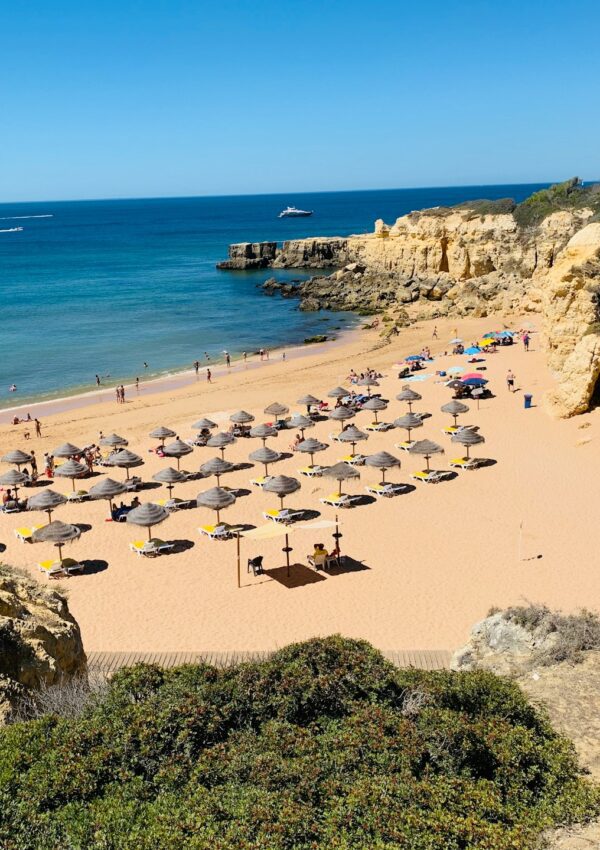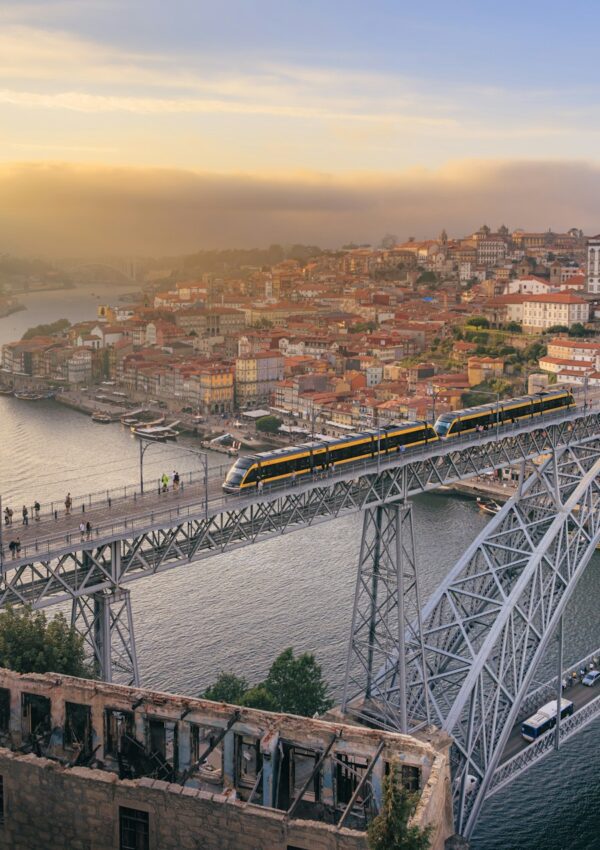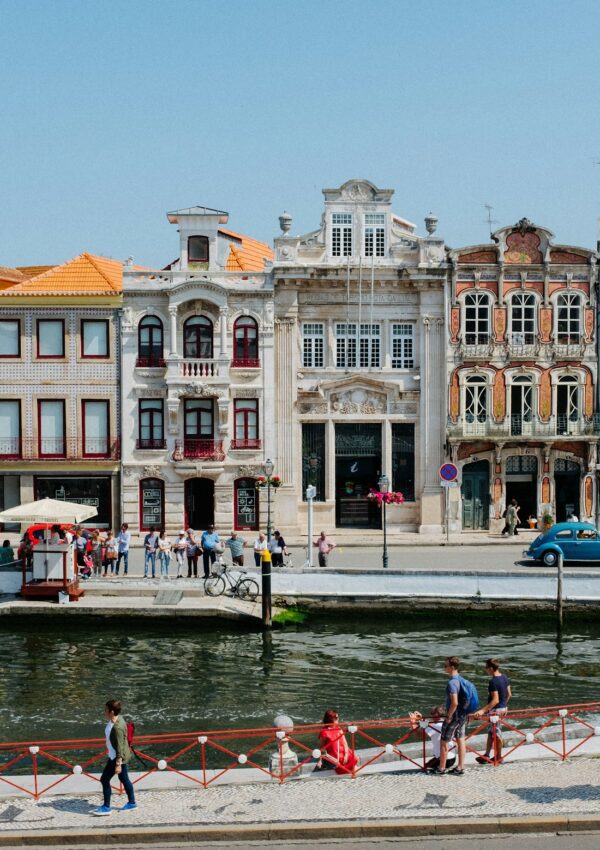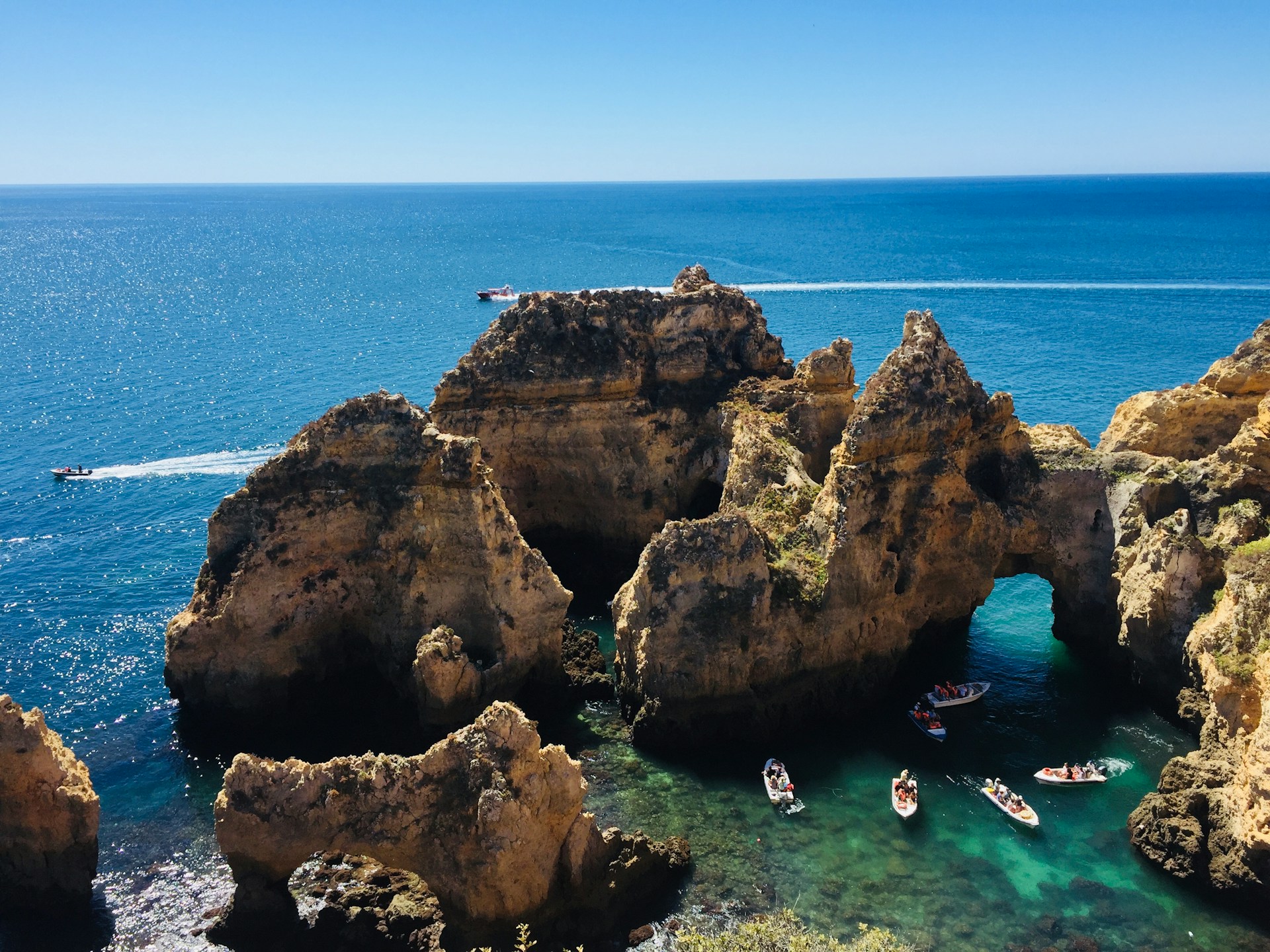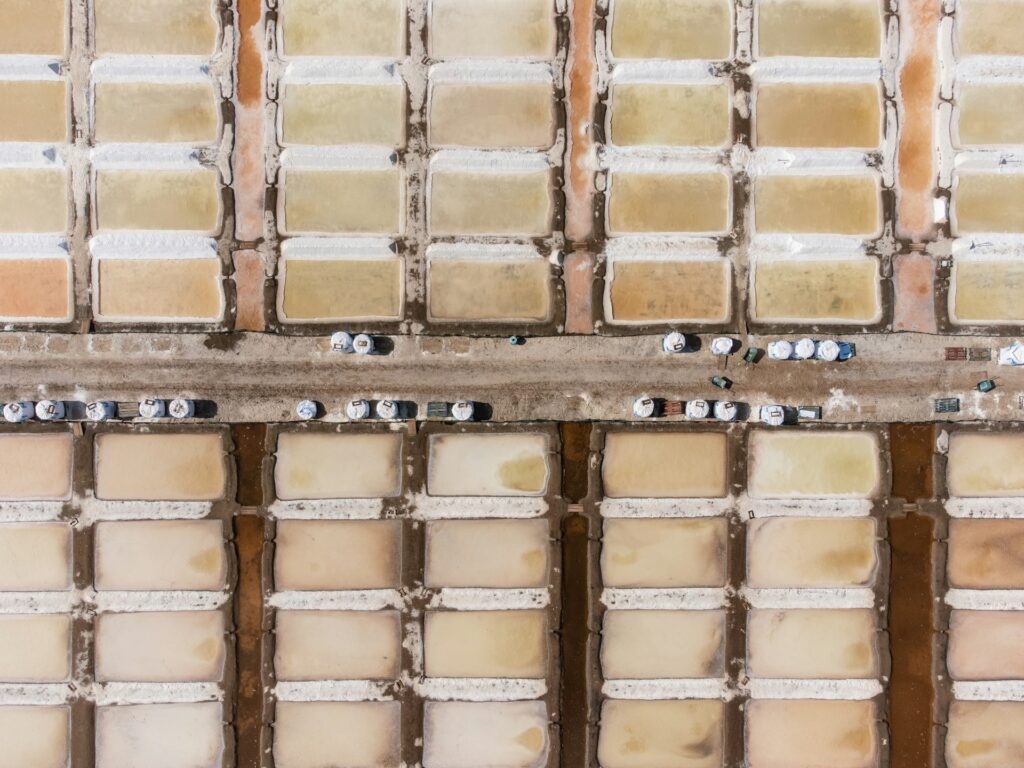
The salt pans in Portugal are an awesome hidden gem just waiting for you to check them out.
These beautiful, shiny plains not only give you stunning views but also share some cool stories about salt harvesting that go way back.
Whether you’re into nature, love history, or just want to try something different, visiting these salt flats is sure to be a memorable adventure.
In this guide, we’re here to help you plan your trip, let you know the best times to go, and what to expect while you’re there.
Jump to:
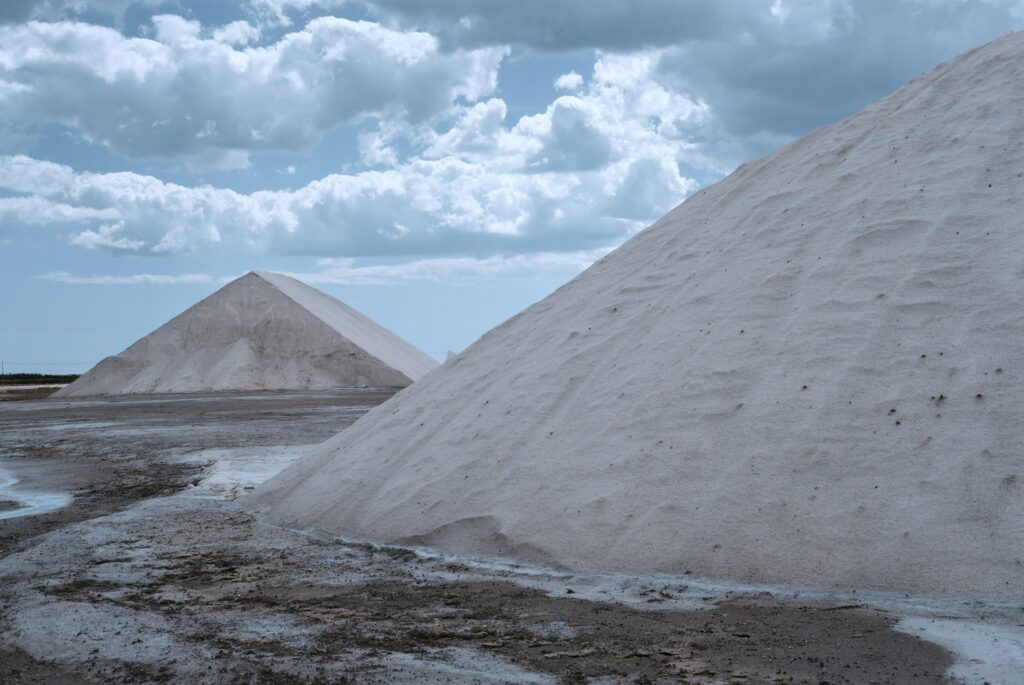
About Salt Pans in Portugal
Ancient Roots and Cultural Importance
Portugal’s salt flats have been around for ages, with Castro Marim in the Algarve being a major player.
Salt production here goes way back to Roman times, and both Arabs and Lusitanians used salt for preservation and trading.
It’s always been a big deal for the local economy since Castro Marim is right by the Guadiana River and has good access to trade routes in Europe and North Africa.
Plus, salt has a cultural touch, representing wealth and linking Castro Marim with trading paths all over Europe and North Africa.
Modern Salt Production
Today, Castro Marim keeps salt production going strong with eco-friendly, chemical-free methods.
Workers carefully hand-harvest top-notch products like flor de sal, which is super sought after for its purity and taste.
Chefs love using these artisanal salts in cooking, skincare, and wellness.
If you visit the salt flats, you’ll not only see this age-old tradition in action but also enjoy the natural beauty of the area.
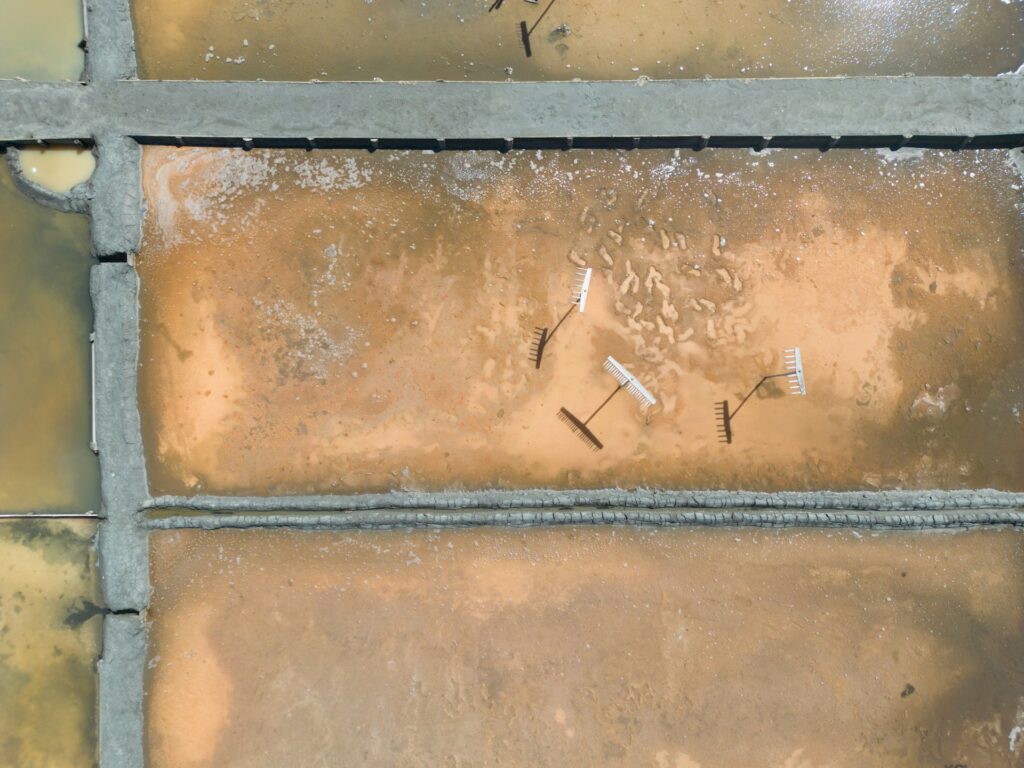
Top Salt Flats and Salt Pans in Portugal to Visit
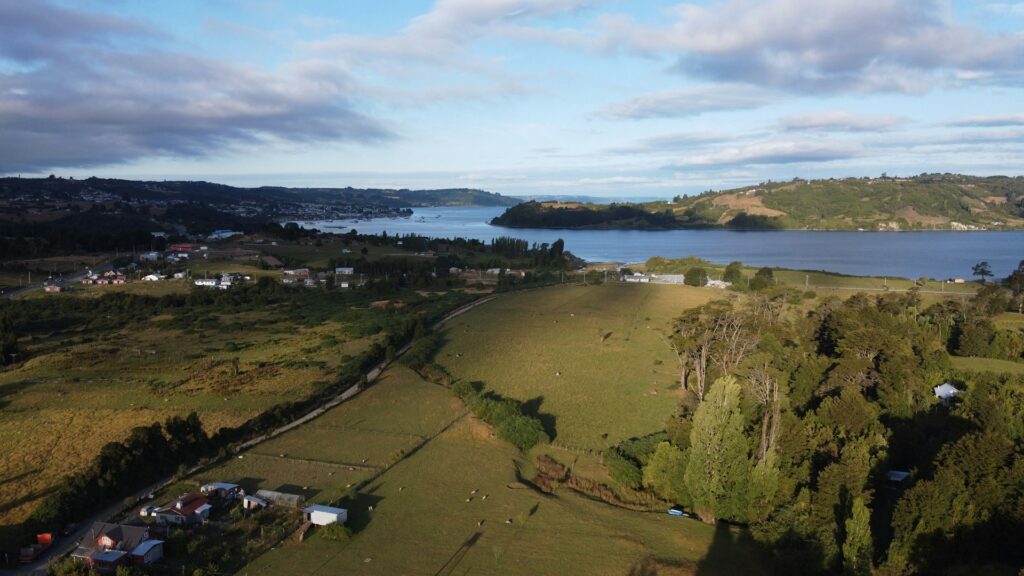
1. Castro Marim
Located in the eastern Algarve, near the Spanish border, Castro Marim is renowned for its traditional salt production and historical significance.
The salt flats are part of the Sapal de Castro Marim and Vila Real de Santo António Nature Reserve, offering stunning views and a chance to learn about ancient salt-making methods.
Guided tours are available, often starting from the town center, which is accessible by car or public transport from nearby Algarve cities like Tavira or Faro.
Learn more about visiting Castro Marim here.

2. Tavira’s Ria Formosa
Situated in the heart of the Ria Formosa Natural Park, Tavira’s salt pans blend ancient salt-making traditions with the beauty of a protected natural landscape.
The area is a prime spot for birdwatching, with species like flamingos and avocets frequently spotted.
Educational tours provide insights into sustainable salt production and the ecological importance of the region.
Tavira can be easily reached by train or car, making it an ideal day trip from Faro or other Algarve towns.
Find more details here.
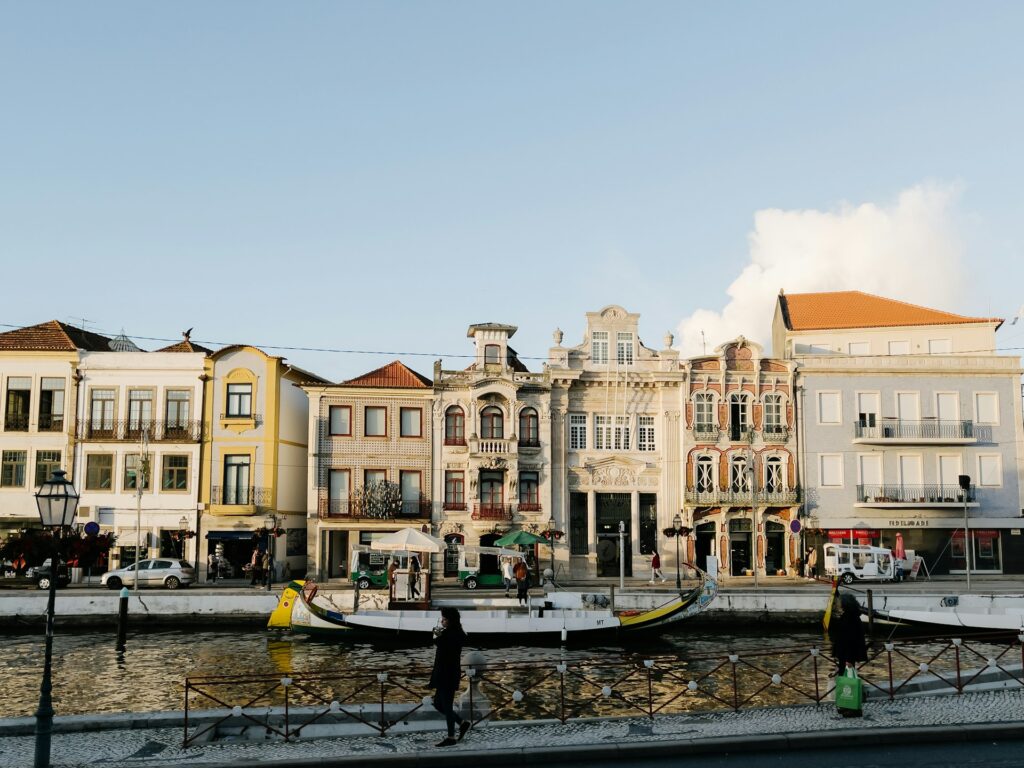
3. Aveiro Salt Pans
Located in northern Portugal, the Aveiro salt pans are a key attraction in the “Venice of Portugal.”
Guided tours, often starting at the Aveiro Salt Museum, offer a deep dive into the region’s salt-making history and techniques.
Visitors can enjoy unique activities such as outdoor chemistry demonstrations and hands-on salt harvesting experiences.
Aveiro is accessible by train from Porto and Lisbon, with local buses providing connections to the salt flats.
Learn more about visiting Aveiro’s salt pans here.
Unique Experiences at Salt Pans in Portugal
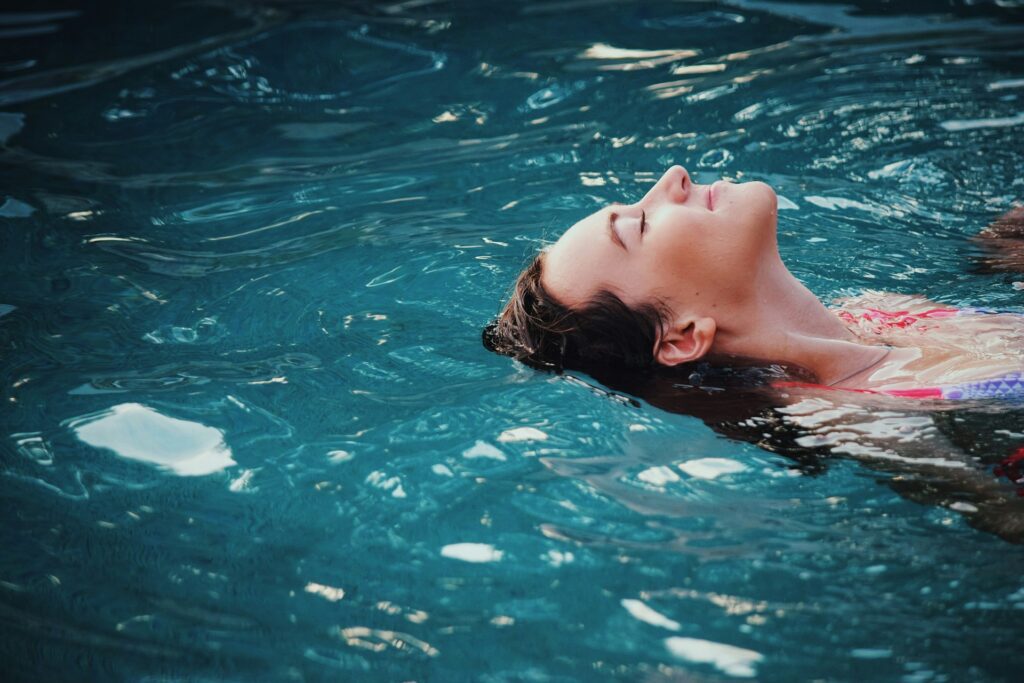
1. Floating in Salt Pools
Check out the Agua Mãe salt pools near Castro Marim, where you can just float around thanks to the super high salt levels.
It’s a super relaxing experience that hydrates your skin, takes the stress away, and gives you that awesome weightless feeling like you’re in the Dead Sea.
Quick tips: don’t forget your swimsuit, sunscreen, and a towel!
The best time to go is during the warmer months from May to September when it’s really nice.
Here are the main websites for the salt spas which I could find:
- SPA Salino (Website is in Portuguese)
- Salinas do Grelha
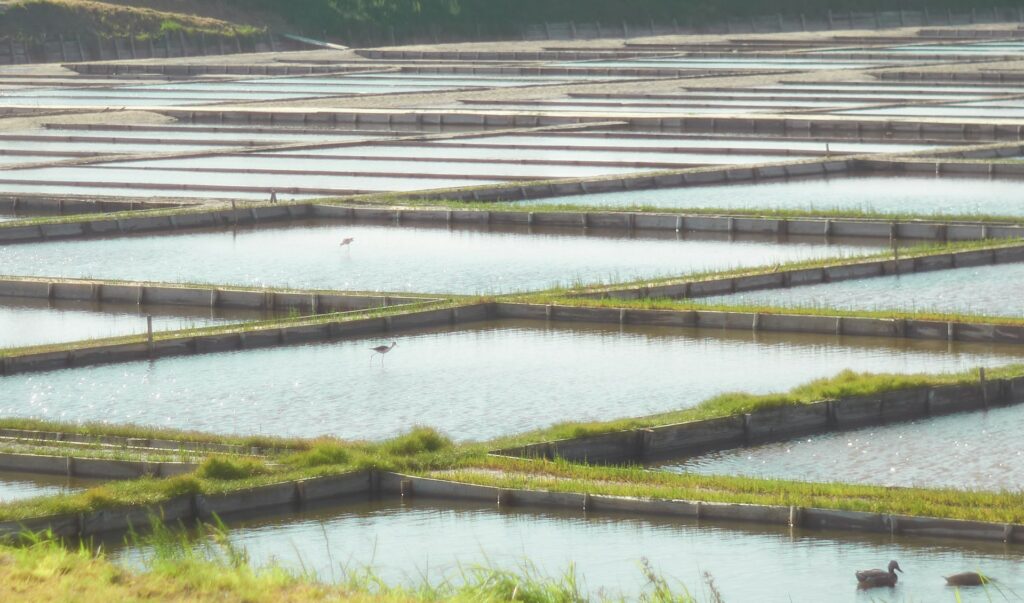
2. Birdwatching
The Ria Formosa salt pans are a dream come true for bird lovers, filled with cool birds like flamingos, black-winged stilts, and avocets.
The prime times for birdwatching are during migration in spring and autumn.
You can join guided tours that help you spot rare birds and learn more about the ecosystem.
If you want to go alone, you can find out more about where to go and the birds you can expect to see here.
3. Salt Clay Beauty Treatment
Don’t miss out on Portugal’s salt flats for a one-of-a-kind skincare experience.
They’ve got salt-saturated clay that’s packed with minerals, perfect for detoxing and pampering your skin.
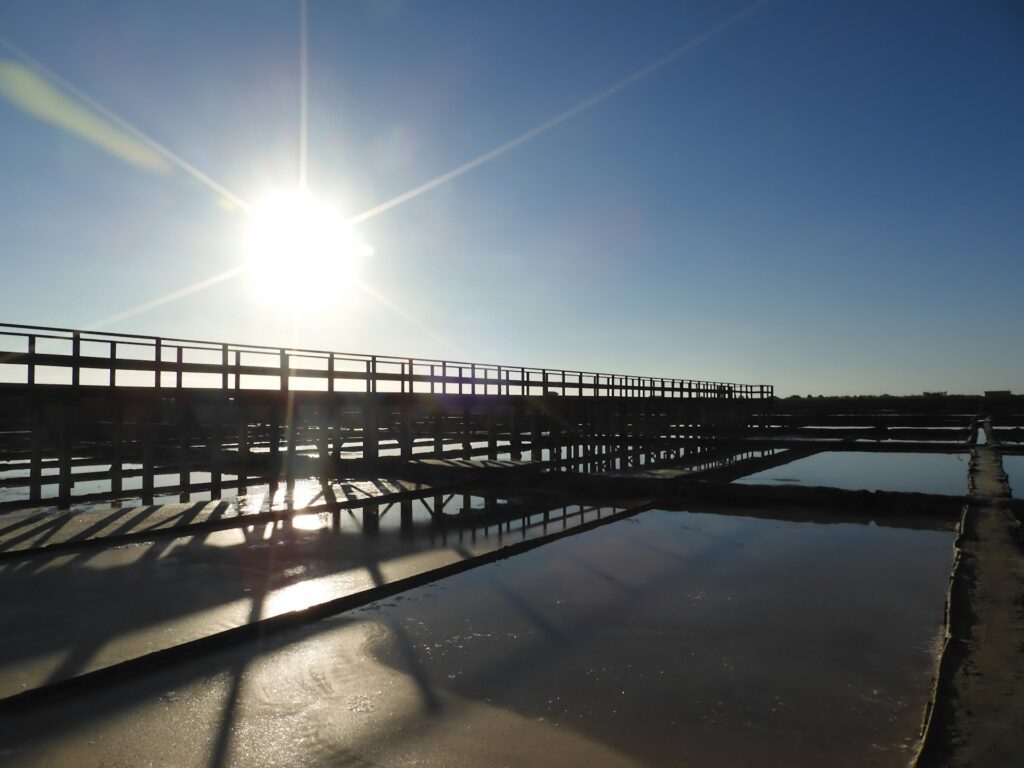
The salt flats in Portugal are a total gem, showcasing nature’s beauty and rich culture all in one spot.
Whether you’re soaking in the gorgeous views, checking out how salt is harvested the old-school way, or snapping some awesome pics, you’re definitely going to walk away with some great memories.
Now that you’ve got the scoop on exploring the salt flats, it’s time to get your trip lined up.
Make sure to bring your camera—you’re about to be wowed by this amazing part of Portugal’s history!
